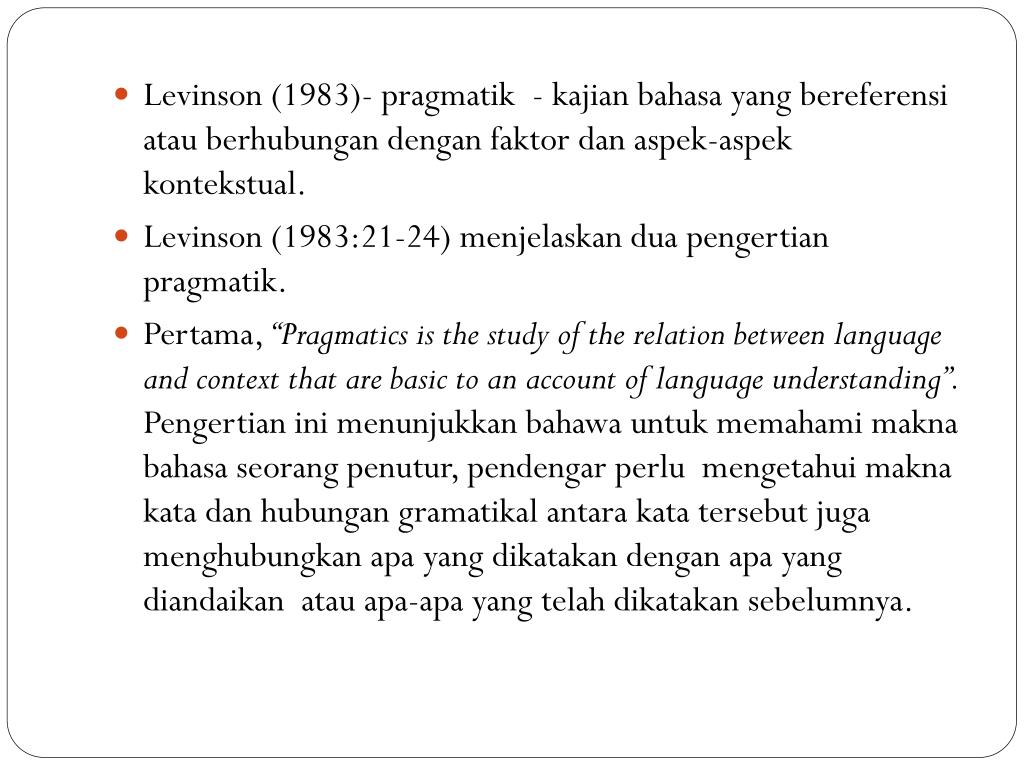
the speaker, the addressee), (2) those not directly involved (e.g. Personal deixis, or person deixis, concerns itself with the grammatical persons involved in an utterance: (1) those directly involved (e.g. Similar categorizations can be found elsewhere. Fillmore used the term "major grammaticalized types" to refer to the most common categories of contextual information: person, place, and time. The term's origin is Ancient Greek: δεῖξις, romanized: deixis, lit.'display, demonstration, or reference', the meaning point of reference in contemporary linguistics having been taken over from Chrysippus. In linguistic anthropology, deixis is treated as a particular subclass of the more general semiotic phenomenon of indexicality, a sign "pointing to" some aspect of its context of occurrence.Īlthough this article draws examples primarily from English, deixis is believed to be a feature (to some degree) of all natural languages. Although this article deals primarily with deixis in spoken language, the concept is sometimes applied to written language, gestures, and communication media as well.


Words or phrases that require contextual information to be fully understood-for example, English pronouns-are deictic. Words are quite deictic if their semantic meaning is fixed but their denoted meaning varies depending on time and/or place.

In linguistics, deixis ( / ˈ d aɪ k s ɪ s/, / ˈ d eɪ k s ɪ s/) is the use of general words and phrases to refer to a specific time, place, or person in context, e.g., the words tomorrow, there, and they. ( July 2021) ( Learn how and when to remove this template message) See Wikipedia's guide to writing better articles for suggestions. This section's tone or style may not reflect the encyclopedic tone used on Wikipedia.


 0 kommentar(er)
0 kommentar(er)
